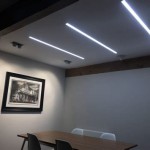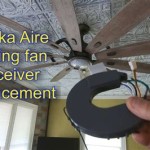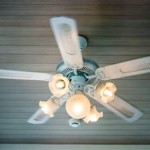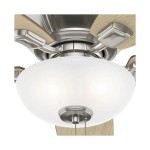Essential Aspects of False Ceiling Lighting Designs
False ceilings, also known as drop ceilings or suspended ceilings, provide an effective way to enhance the aesthetics and functionality of a space. Lighting plays a crucial role in creating the desired ambiance and illuminating the space effectively. Here are some essential aspects to consider when designing false ceiling lighting:
### Types of False Ceiling LightingThere are various types of false ceiling lighting to choose from, each serving a different purpose and creating a distinct visual impact. Some common types include:
-Recessed Lighting:
Installed flush with the ceiling, recessed lights provide a sleek and diffused illumination, creating a more open and spacious feel. -Surface-Mounted Lighting:
As the name suggests, these lights are mounted directly onto the ceiling surface, offering more flexibility in placement and design options. -Pendant Lighting:
Suspended from the ceiling, pendants add a decorative element while providing downward illumination, ideal for task lighting or accent lighting. -Linear Lighting:
Long, narrow fixtures that emit a uniform light distribution, perfect for illuminating large areas or creating a modern aesthetic. -Cove Lighting:
Concealed behind a cove (a recess in the ceiling), cove lighting creates an indirect and ambient glow, highlighting architectural features or creating a warm and inviting atmosphere. ### Lighting RequirementsDetermining the appropriate lighting requirements is crucial for false ceiling designs. Consider the purpose of the space, natural light availability, and the desired ambiance. Factors to consider include:
-Light Intensity:
Measured in lumens, light intensity determines the brightness of the space. Choose the right intensity to ensure adequate illumination without creating glare or discomfort. -Light Color Temperature:
Expressed in Kelvins (K), light color temperature ranges from warm white (around 2700K) to cool white (around 5000K). Warm white creates a cozy ambiance, while cool white provides a more energizing and focused light. -Light Distribution:
The way light spreads from the fixture affects the overall illumination. Symmetrical distribution provides even light dispersion, while asymmetrical distribution focuses light in a specific direction. ### Integration with Architectural ElementsFalse ceiling lighting should complement the architectural features of the space. Consider how the lighting can enhance or accentuate existing elements, such as:
-Coffered Ceilings:
The recessed panels of coffered ceilings create a natural framework for recessed lighting, providing both ambiance and task lighting. -Beams and Joists:
False ceilings can conceal exposed beams or joists while incorporating lighting to highlight their architectural lines. -Wall Moldings and Cornices:
Cove lighting behind wall moldings or cornices creates a sense of depth and grandeur, enhancing the vertical dimension of the space. ### Energy EfficiencyIncorporating energy-efficient lighting practices is essential for sustainable false ceiling designs. Consider:
-LED Lighting:
LED fixtures consume significantly less energy than traditional incandescent or halogen bulbs and have a longer lifespan, reducing maintenance costs. -Motion Sensors:
Installing motion sensors can automatically switch off lights when an area is unoccupied, saving energy. -Natural Light Utilization:
Position windows and skylights strategically to take advantage of natural light and reduce the need for artificial lighting during daytime hours. ### Control and DimmingAdjustable lighting controls add flexibility and personalization to false ceiling designs. Consider installing:
-Dimmers:
Dimmers allow users to adjust the light intensity to create different ambiances or cater to specific tasks. -Smart Lighting Systems:
Integrate lighting with smart home systems to control lights remotely, set schedules, and create customized lighting scenes. -Zone Lighting:
Divide the ceiling into different zones, each with its own set of lighting controls, allowing for tailored illumination in different areas of the space. ### ConclusionFalse ceiling lighting designs play a vital role in creating the desired atmosphere and functionality of a space. By considering the types of lighting, lighting requirements, integration with architectural elements, energy efficiency, and control options, designers can create false ceiling lighting systems that enhance the aesthetic appeal, optimize illumination, and meet the specific needs of the space.

False Ceiling Strip Light Design For Modern Homes

Top 3 Ideas To Light Up Your Ceiling Saint Gobain Gyproc

False Ceiling Strip Light Design For Modern Homes

9 Types Of False Ceiling Light Designs To Glam Up Your Home

False Ceiling Lighting Photos Designs Ideas

Unique False Ceiling Light Ideas To Brighten Your Bedroom

Do S And Don Ts Of Using False Ceiling Venkatesh Buildcon Pvt Ltd

Amazing Designs For False Ceilings Ecolight Lights And Luminaries Showroom At Angamaly Ernakulam Kerala

Latest False Ceiling Designs For Drawing Room Beautiful Homes

False Ceiling Lighting Photos Designs Ideas
Related Posts








